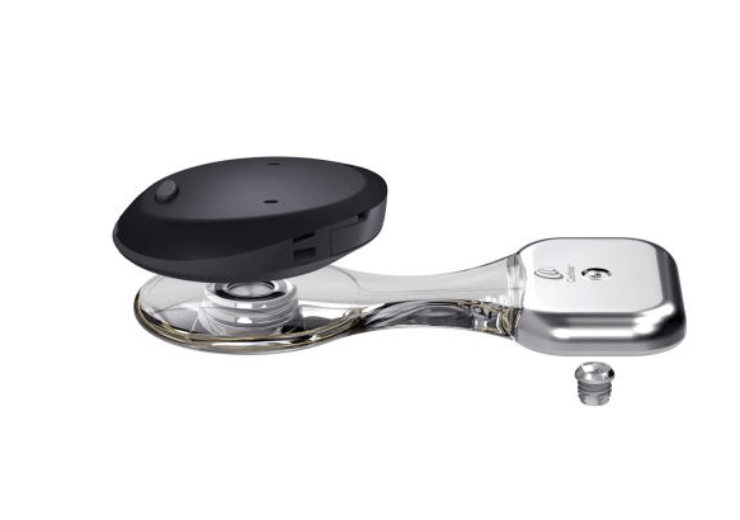The Osia system is claimed to be the world's first active osseointegrated steady-state implant

Image: Cochlear Osia 2 hearing implant system. Photo: courtesy of Cochlear Limited.
Implantable hearing solutions provider Cochlear has secured approval from the US Food and Drug Administration (FDA) for its new Osia 2 hearing implant system.
The Osia system is claimed to be the world’s first active osseointegrated steady-state implant (OSI). It is part of the new category of bone conduction hearing solutions, which applies digital piezoelectric stimulation to bypass damaged areas of the natural hearing system to send sound vibrations directly to the inner ear (cochlea).
Cochlear Acoustics clinical affairs director and design and development director Mats Dotevall said: “We aimed to leverage Cochlear’s long history of innovation in both the cochlear implant and bone conduction implant spaces to create something entirely new.”
Cochlear Osia 2 hearing implant system can be used for the treatment of hearing loss associated with an array of conditions such as chronic otitis media (COM), otosclerosis and atresia/microtia.
The adults and children 12 years and older with conductive hearing loss, mixed hearing loss and single-sided sensorineural deafness (SSD) can use the Cochlear Osia 2 hearing implant system in the US.
Cochlear plans to fully commercialise the Osia 2 system in early 2020
Cochlear’s hearing implant system includes new Osia OSI200 implant, which attaches to an osseointegrated BI300 implant to send sound through the bone.
The impant’s thin profile and monolithic design enable to simplify surgery for the system. The new Osia 2 sound processor captures sounds on the outside and sends both the sound signal and power to the internal implant.
The Osia system includes Piezo Power transducer, which uses the wireless digital link to expand and contract advanced vibrations that stimulate the inner ear while optimising the transfer of power and sound quality.
According to the company, the Osia system has demonstrated better results following a one-year, multicentre clinical investigation on a first-generation device.
The company plans to fully commercialise the Osia 2 system in early 2020, while it will be made available soon in select clinics across the US as a part of a limited release.
Cochlear Acoustics president Rom Mendel said: “The Osia System was developed through our efforts to listen to the recipients and clinicians who utilize our hearing implants every day.”
In October this year, Switzerland-based research institute and university Ecole polytechnique fédérale de Lausanne (EPFL) announced that a team of scientists from its Laboratory for Soft BioElectronic Interface (LSBI) has developed a conformable, electrode implant that enables people with dysfunctional inner ear to hear again.
